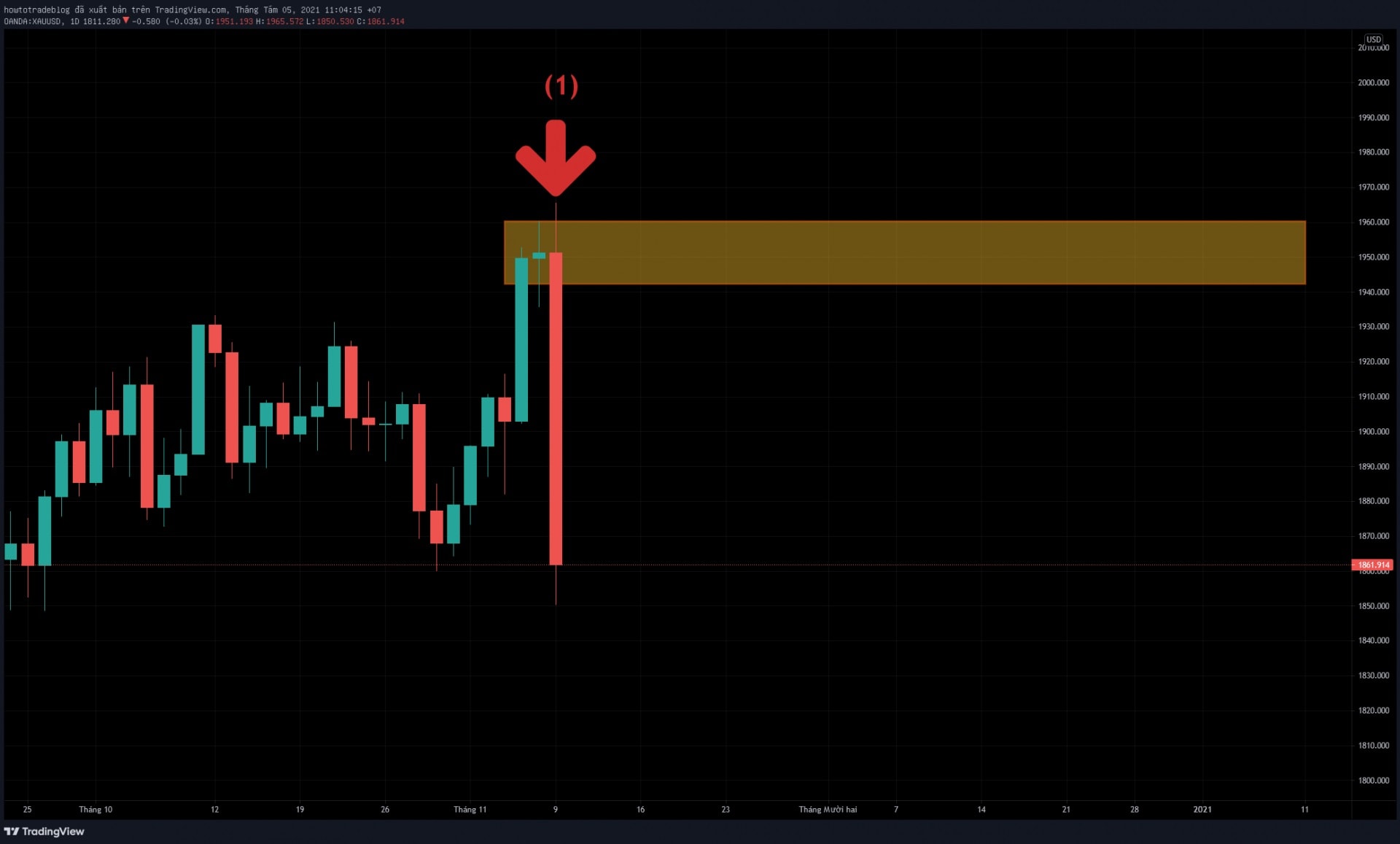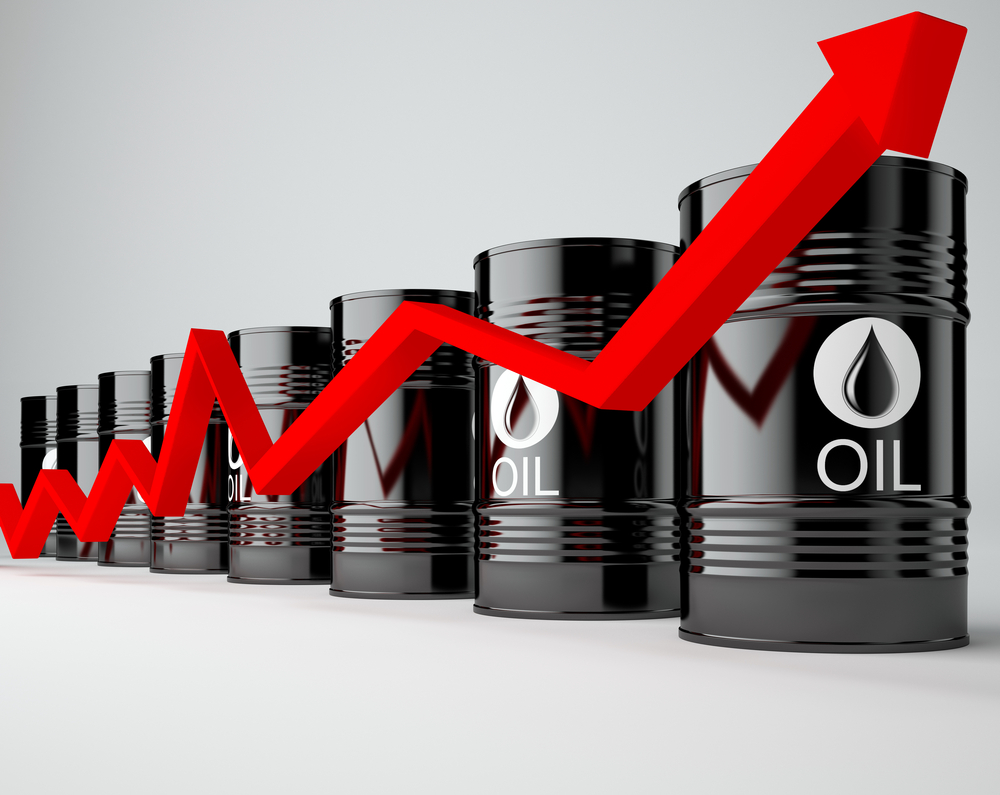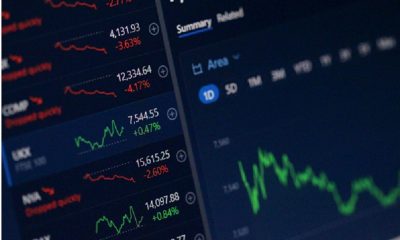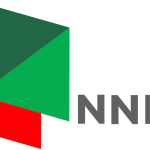Economy
Demand And Supply Zone Trading: A Comprehensive Overview From Experts

Traders Union (TU) experts know that supply and demand rules control all markets. When traders trade, they usually use technical signals to find out if there is more supply or demand. In this guide, the analysts will delve into the world of supply and demand zones and explore their significance in trading. But before you dive in, it’s crucial to grasp the fundamentals.
What you should know about supply and demand zones
The guidance from TU’s analysts provides insight into the crucial aspects of demand and supply zone trading. It is important to understand these zones:
- Supply Zone – this is where traders commonly opt to sell, and it typically lies above the current price. When the price reaches a well-established supply level, it triggers the completion of unsold sell orders, frequently resulting in a downward price movement.
- Demand Zone – conversely, the demand zone serves as the go-to area for traders looking to buy. It’s situated below the current price, attracting many buyers who are prepared with purchase orders at that specific level. Recognizing a demand zone is a key skill in trading.
These insights provide a solid foundation for traders to comprehend how supply and demand zones operate in the dynamic world of trading.
Advantages & disadvantages of supply and demand trading
Let’s check out the good and not-so-good sides of these approaches, according to analysts at Traders Union.
Advantages:
- Easy to understand
Supply and demand trading is simple and makes sense. It’s about how prices are set when supply and demand meet.
- Works everywhere
This idea fits any market where stuff is bought and sold, making it a useful strategy for all traders.
- Can predict future prices
Supply and demand zones often hint at where prices might go next, helping traders make predictions.
- Clear risk and reward
These zones show when to enter, exit, and set goals, which helps manage risks and rewards.
Disadvantages:
- Not always clear
Figuring out supply and demand zones can vary between traders, making it a bit unclear sometimes.
- Might miss small moves
Sometimes, small price changes in these zones can give wrong signals, making traders enter or exit trades too early.
- Looks back in time
Supply and demand zones are based on past data, so they might not always predict future prices accurately.
- Needs patience
This method often means waiting for prices to hit the right zones, which can be tough when the market is calm.
Recommendations for beginners
Supply and demand are big deals in Forex trading. TU’s experts have five tips to help beginners like you:
- Combine with technical analysis
Just knowing supply and demand isn’t enough. You should also learn technical stuff like chart patterns and indicators. This helps you understand how the market might react to supply and demand.
- Risk management
Be smart about risks. Don’t bet too much money on one trade, usually no more than 1-2% of your total. This way, you can handle losses without emptying your account and get better over time.
- Spot big differences
Look for big differences between supply and demand. These can hint at potential trades. Find places where prices have shot up or down quickly.
- Use longer time frames
If you’re starting out, use longer charts like daily or weekly. They show the market better and aren’t as noisy as shorter ones.
- Confirm with indicators
While supply and demand are important, you can use other indicators for extra certainty. Things like volume indicators, RSI, or moving averages can back up your supply and demand ideas.
Conclusion
Understanding supply and demand is essential in the world of trading, and the Traders Union has provided valuable insights into these fundamental principles. While supply and demand trading offers simplicity, universality, predictive potential, and clear risk-reward management, it does come with challenges, including subjectivity, potential for missed signals, reliance on historical data, and the need for patience.
Economy
Three Securities Lift NASD OTC Exchange by 0.28%

By Adedapo Adesanya
Three securities on the NASD Over-the-Counter (OTC) Securities Exchange lifted the bourse by 0.28 per cent on the first trading session of the week on Friday, January 2.
According to data, Central Securities Clearing System (CSCS) Plc added 63 Kobo to close at N35.63 per unit compared with the previous price of N35.00 per unit, Geo-Fluids Plc increased by 51 Kobo to finish at N6.51 per share versus N6.00 per share, and Industrial and General Insurance (IGI) Plc expanded by 5 Kobo to end at 63 Kobo per unit, in contrast to the preceding session’s 58 Kobo per unit.
As a result, the market capitalisation went up by N5.94 billion to N2.126 trillion from N2.120 trillion, and the NASD Unlisted Security Index (NSI) chalked up 10.28 points to close at 3,553.84 points compared with Wednesday’s closing value of 3,543.56 points.
Trading activity resumed yesterday after a break on Thursday for New Year’s day celebration and the activity level was low.
The volume of securities fell by 99.7 per cent to 3.6 million units from the previous 1.4 billion units, the value of securities depreciated by 99.6 per cent to N14.1 million from N3.6 billion, while the number of deals increased by 9.5 per cent to 23 deals from 21 deals.
The most active stock by value was CSCS Plc with 264,050 units exchanged for N9.4 million, Geo-Fluids Plc traded 433,470 units for N2.8 million, and IGI Plc transacted 2.9 million units worth N1.9 million.
But, IGI Plc was the most active stock by volume with 2.9 million units traded for N1.9 million, Geo-Fluids Plc recorded the sale of 433,470 units for N2.8 million, and CSCS Plc sold 264,050 units valued at N9.4 million.
Economy
Oil Prices Rise as Investors Weigh Oversupply Concerns

By Adedapo Adesanya
Oil prices were up on the first trading day of 2026 after registering their biggest annual loss since 2020, as investors weighed oversupply concerns against geopolitical risks, including the war in Ukraine and Venezuela exports.
Brent crude futures ended at $60.75 per barrel after adding 10 cents as the US West Texas Intermediate (WTI) crude futures also grew by 10 cents to $57.32 a barrel.
Russia and Ukraine traded allegations of attacks on civilians on New Year’s Day despite talks overseen by US President Donald Trump, aimed at ending the nearly four-year-old war.
Ukrainian President Volodymyr Zelenskiy wrote that over 200 attack drones were launched onto Ukraine in the night by Russia, saying energy infrastructure in seven regions across Ukraine had been targeted.
Russia accused Ukraine of killing at least 24 people in a drone strike on a hotel and cafe where civilians were seeing in the New Year in a Russian-controlled part of the Kherson region in southern Ukraine.
Ukraine’s military, which has accused Russia of killing many civilians in its own attacks on Ukrainian cities, said it targeted strictly military and energy targets.
Meanwhile, Trump administration ratcheted up pressure on Venezuelan President Nicolas Maduro on Wednesday, imposing sanctions on four companies and associated oil tankers it said were operating in Venezuela’s oil sector.
Despite the threat, Venezuela said it is ready to accept US investment in its oil.
The US-Venezuela tensions have escalated since early December, when President Trump ordered a naval blockade offshore Venezuela to halt sanctioned tankers shipping oil and products to and from the South American country.
President Trump also threatened to aid protesters in Iran if security forces fire on them, days into unrest that has left and posed the biggest internal threat in years to Iranian authorities.
The Organisation of the Petroleum Exporting Countries and allied producers (OPEC+) is due to meet on Sunday. Traders widely expect the group to continue pausing output increases in the first quarter.
In recent days, OPEC’s top producer and de facto leader, Saudi Arabia, and the cartel’s large producer and influential member, the United Arab Emirates (UAE), had a very public rift regarding their backing of opposing sides in Yemen.
In November, the eight OPEC+ producers – Saudi Arabia, Russia, Iraq, UAE, Kuwait, Kazakhstan, Algeria, and Oman – decided to keep production steady over the first quarter of 2026. It also decided to pause production increments in January, February, and March 2026 due to seasonality.
Economy
ACCI Urges Policy Consistency, MSMEs Protection in 2026

By Adedapo Adesanya
The Abuja Chamber of Commerce and Industry (ACCI) has called for policy consistency, the protection of Micro Small and Medium Enterprises (MSMEs), and private sector-led growth to strengthen Nigeria’s economy in 2026.
The President of the chamber, Mr Emeka Obegolu, made the call in a New Year message issued by the ACCI Media and Strategy Officer, Mrs Olayemi John-Mensah, on Thursday in Abuja.
He submitted that consistent policies and private-sector-friendly reforms were critical to reducing the cost of doing business and achieving sustainable economic development, stressing the need for strong protection of MSMEs, describing them as the backbone of the Nigerian economy.
According to him, sustained stakeholder engagement and predictable reforms would encourage investment and business expansion.
The ACCI president said the organised private sector remained cautiously optimistic about business opportunities in 2026, noting that the optimism persisted in spite global and domestic economic pressures affecting businesses.
He commended Nigerian businesses for their resilience and adaptability in navigating the economic challenges of 2025, adding that businesses demonstrated commitment to innovation and value creation despite inflation and foreign exchange volatility.
Mr Obegolu also cited high energy costs, rising interest rates and limited access to finance as key constraints faced by enterprises.
According to him, these challenges underscored the importance of chambers of commerce in advocating stability and competitiveness.
He said economic reforms were necessary but should be carefully sequenced to safeguard MSMEs and organised businesses.
Mr Obegolu warned that poorly managed reforms could result in business closures, job losses and capital flight.
He drew attention to over N720 billion in outstanding contractor debts owed by government.
He said delayed settlement of verified obligations had weakened cash flows and disrupted supply chains.
According to him, the situation had particularly affected indigenous contractors and MSMEs nationwide.
He urged government to prioritise transparent verification and timely settlement of the debts to stimulate economic activity.
Mr Obegolu also called on the Federal Government and the FCT Administration to create a more enabling and predictable business environment.
He noted that Abuja had evolved into a major commercial and investment hub requiring stronger infrastructure and regulatory support.
He reaffirmed ACCI’s commitment to constructive engagement with government to promote ease of doing business and inclusive economic growth.
-

 Feature/OPED6 years ago
Feature/OPED6 years agoDavos was Different this year
-
Travel/Tourism9 years ago
Lagos Seals Western Lodge Hotel In Ikorodu
-

 Showbiz3 years ago
Showbiz3 years agoEstranged Lover Releases Videos of Empress Njamah Bathing
-

 Banking8 years ago
Banking8 years agoSort Codes of GTBank Branches in Nigeria
-

 Economy3 years ago
Economy3 years agoSubsidy Removal: CNG at N130 Per Litre Cheaper Than Petrol—IPMAN
-

 Banking3 years ago
Banking3 years agoFirst Bank Announces Planned Downtime
-

 Banking3 years ago
Banking3 years agoSort Codes of UBA Branches in Nigeria
-

 Sports3 years ago
Sports3 years agoHighest Paid Nigerian Footballer – How Much Do Nigerian Footballers Earn




















